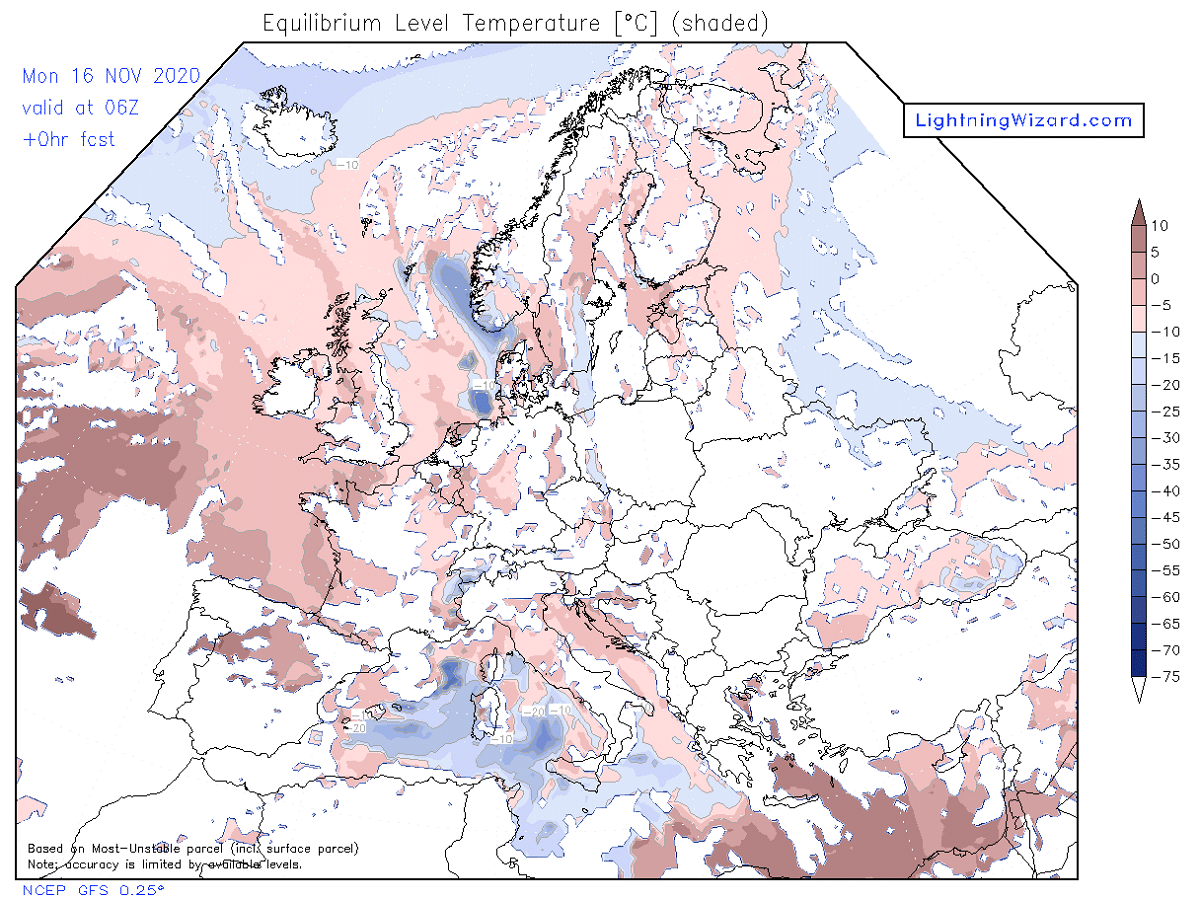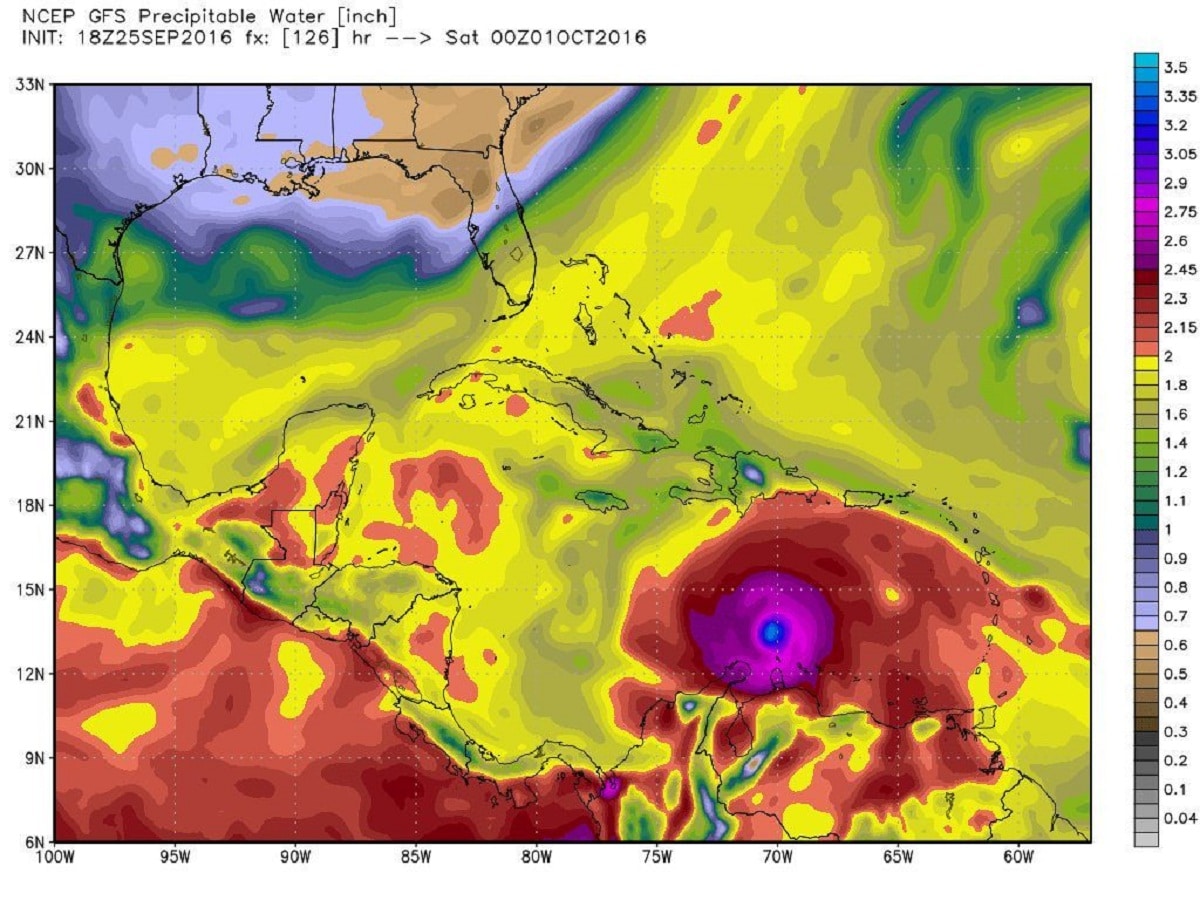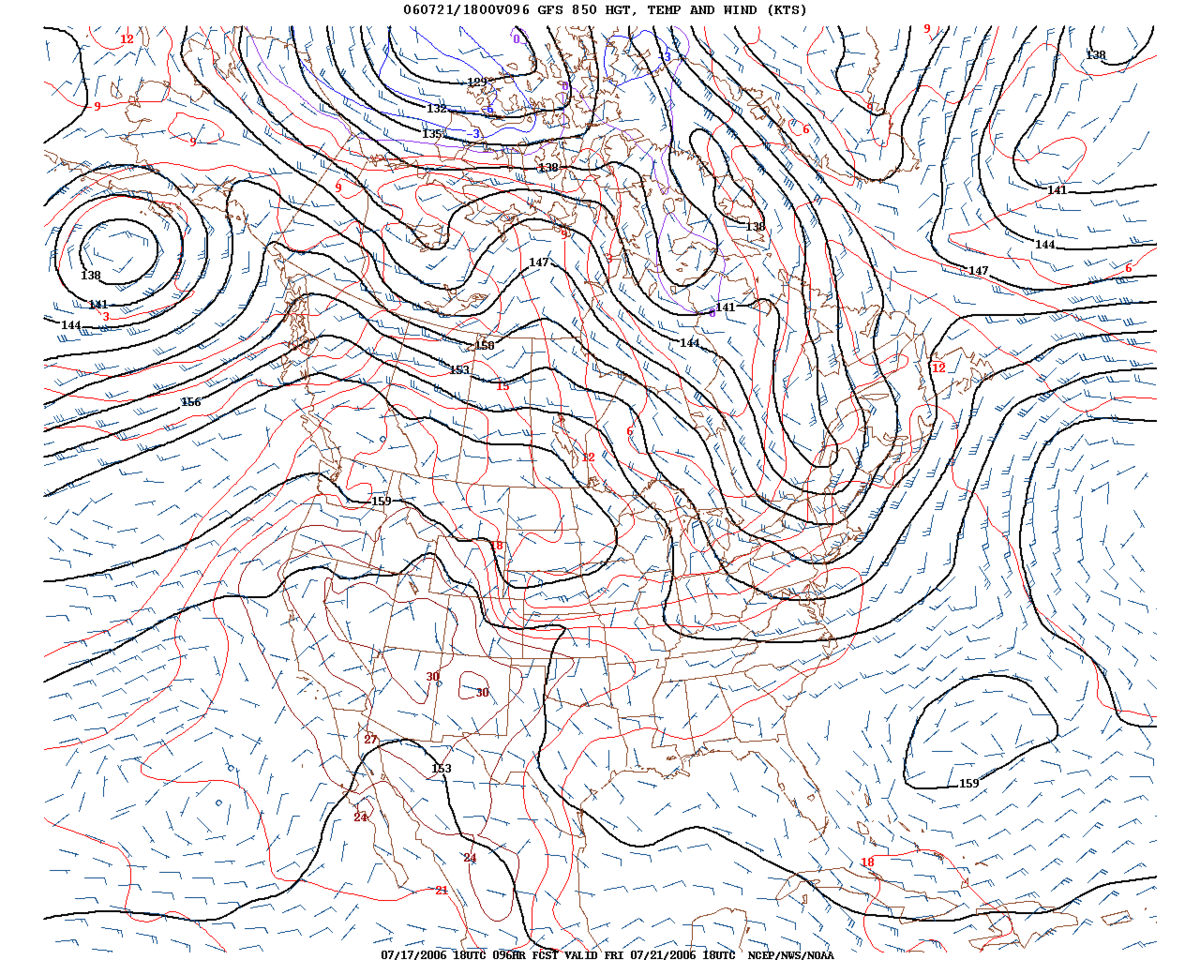
The human being has always had an ambition to know the weather and predict it. Thanks to the development of technology, there are different computer models that help to predict what the weather is going to do in a few days afterwards. Today we are going to talk about GFS model. It is one of the most important models and one that has the greatest relevance throughout the planet.
Therefore, we are going to dedicate this article to tell you everything you need to know about the GFS model, its characteristics and its importance.
What is the GFS model

The initials correspond to Global Forecast System. In Spanish it means as a global system of prohibition, although it is better known by the other acronyms. It is a type of numerical mathematical model that is used for meteorological prediction. It has been created and is currently used by the National Oceanic and Atmospheric Administration of the USA. It is a mathematical model that is updated over a period of 4 times a day. Depending on the data obtained from the different meteorological variables, predictions of up to 16 days in advance can be created.
It is well known that these predictions are not completely reliable since atmospheric dynamics can be easily altered. The characteristics of the atmosphere and the prevailing weather depend on the value of many variables at the same time. Most of these variables are directly influenced by the amount of solar radiation that affects our planet. According to the amount of solar radiation the rest of the variables is modifying starting with the temperature and the wind regime.
It is admissible that the predictions of the GFS model do not offer us high reliability after 7 days. You could even say that after 3-4 days it is no longer entirely accurate. Most national meteorological institutes and agencies dispense with most results from this model, especially those that exceed 10 days later.
Numerical weather prediction models
In order to predict the weather, various numerical models are needed. These numerical models are taking the values of the atmospheric variables and by means of complex equations the state of these variables can be known in the near future. There are 4 numerical models of weather predictions most used around the planet:
- Integrated Forecast System of the European Center for Medium-Range Weather Forecasts.
- The Global Environmental Multiscale Canada model.
- The Navy's Operational Global Atmospheric Prediction System of the US Armed Forces.
- GFS (Global Forecast System).
These are the most used models for meteorological prediction in the medium term and at a synopic scale.
European GFS model

Once we know the role of this type of weather forecasting model, we must base ourselves on the differences that exist in different parts of the countries of the world. Specifically, you have to look at the European GFS model. And is that this model It has numerous benefits over the top contender created by the government of the United States of America. If we currently compare both models, it is a debate that will have an end. They both have very good characteristics and predict fairly closely. There are no objective tests yet carried out by a corporation that works independently to determine which of the two models is the best to be able to predict the weather.
Although neither of the two models is the winner over the other, most specialists in the field opt for the European model. One of the main differences between this model and the American one is its technology. It has more sophisticated and expensive computer systems that allow them to work in a more efficient way. With this more sophisticated technology, more precise, adjusted and higher resolution atmospheric projections are achieved.
Most experts say that the European GFS model is much better than the United States in terms of data simulation. The argument they use is that it is considerably more complete and that it provides a greater amount of verified information. To give an example so that the difference between the European and American models can be seen, the European is capable of carrying out 50 a simulations of the atmosphere per forecast cycle, while the North American can only carry out 20 simulations at a time.
GFS model in Spain

There is also this model of meteorological prediction in our country. This model runs each of its modeling in multiple parts. Let's see what these parts are:
- The first is done with a higher and better resolution than it usually goes up to 192 hours, which is equivalent to 8 days with maps of every 6 hours of prediction.
- The other part of the prediction has a lower resolution. And it is that it only includes between 204 and 384 hours, which would be 16 days with maps of every 12 hours. As expected, this prediction has a lower resolution, since as it covers more days, it cannot do it with the same accuracy.
In Spanish territory, this model is usually used about 4 times a day to be able to estimate well short-term predictions. It can be said that it is used at 0 o'clock, 6 12 and 18 o'clock. Regarding the update of the maps that can be displayed to see the prediction results, they are executed in real time from 3:30, 9:30, 15:30 and 21:30 UTC.
It must be taken into account that this type of meteorological prediction models have their flaws since the atmospheric variables do not have a fixed operation. Therefore, we see that numerous weather reports are wrong with predictions since the evolution of the atmosphere is not always so easy to predict. Some patterns such as the formation of storms or anticyclones can be quite simple. However, predicting the displacement of these air masses is more difficult to predict.
I hope that with this information you can learn more about the GFS model, its characteristics and importance.